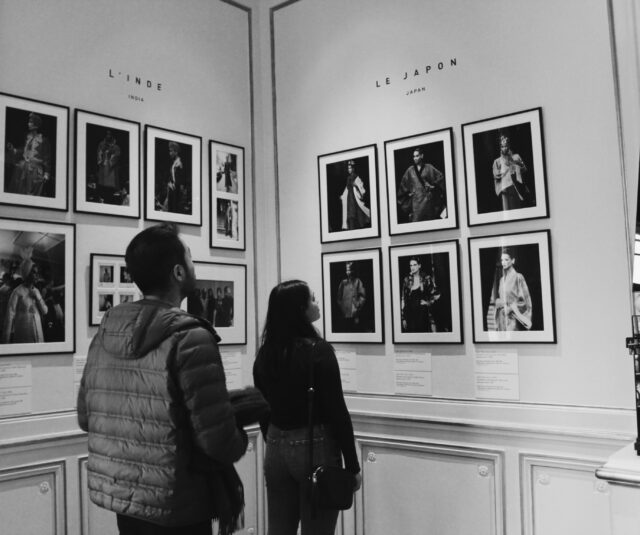
We’re deep in course-planning mode here at Arts Practica, creating an all-online iteration of Looking with Uncertainty for the first time.
While there is absolutely no substitute to the learning that can happen in up-close experiences in person with art, on the flip side we can now engage learners in interactions with collections all over the world.
As we play around with different modes of arts-based remote teaching, we are thinking a lot about the distinct feeling of entering a museum space: of adjusting to a new and uniquely different space, of drifting towards what draws you, of simply wandering.
Can we preserve the loveliness of the experience of wandering in remote learning experiences? Wandering in galleries. Wandering solo, in pairs, in small groups. Wandering with prompts. Or simply wandering with the invitation to be present in the space and notice what compels you.
Allowing a group to wander a gallery before jumping into the intensity of an art discussion is a critical channel-changer. We all act differently in different spaces; wandering is part of the transitional work of sinking into art’s potential as a place for something new to happen.
Of all the digitized art museum collections out there, which simulate the best remote experience of simply wandering?
Arts Practica intern Natalia Ranfone gave this question a little investigation. Below is a preliminary list:
- Rijksmuseum, Amsterdam, Netherlands
- Thanks Juline Chevalier, for suggesting this one!
- Denver Art Museum, Denver, CO, USA
- Museum of Fine Arts, Boston, Boston, MA, USA
- The State Hermitage Museum, St. Petersburg, Russia
- Le Gallerie Degli Uffizi, Tuscany, Italy
- Museo Nacional de Antropología, Mexico City
- Lourve Abu Dhabi, Abu Dhabi, UAE
- Centre Pompidou, Paris, France
- Museo Nacional del Prado, Madrid, Spain
- Reykjavík Art Museum, Reykjavik, Iceland
What are others that you are finding?
That feeling of wandering– that flow-y, meander-a-new-space, choose-from-within-a-compelling-set feeling— is not only unique to museums, it’s a key aspect of the learning experience. As technology and strange circumstances continue to revolutionize teaching and learning, we face both opportunities for reach and depth, as well as the propensity to feel stuck at home and exhausted by screens.
A bit of wandering could be just what we need right now.

